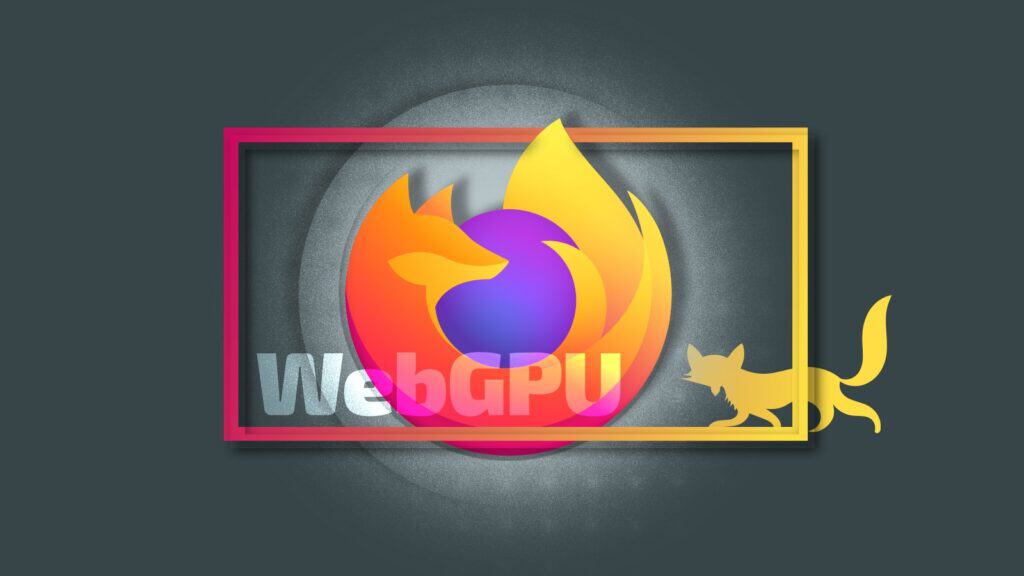After years of development, Mozilla is finally rolling out WebGPU support in Firefox 141, starting with Windows users. This modern graphics API provides web apps with direct access to a device’s GPU, unlocking way more power than older web graphics tech like WebGL.
To put it simply, WebGPU enables smoother gaming, richer visualizations, and faster local computation within the browser.
For developers eager to dive in, there’s a solid WebGPU tutorial, a collection of WebGPU Samples to experiment with, and full API documentation over at MDN. The tech itself is backed by two W3C standards—WebGPU and WGSL—both of which Mozilla has helped shape since 2017.
Now, Firefox isn’t the first to the party here. Chrome has had WebGPU since 2023, and Apple is expected to enable it in Safari 16 later this fall.
Under the hood, Firefox’s WebGPU runs on WGPU, a Rust-based library that smooths over the differences between Direct3D 12, Metal, and Vulkan.
Because WGPU targets all of them in one stroke, the groundwork for macOS, Linux, and Android is largely in place. Mozilla engineers say those platforms will follow “in the coming months,” once robustness and automated test coverage reach parity with Windows.
Keep in mind, Mozilla is upfront about the fact that WebGPU is still a work in progress. The focus so far has been getting major apps and demos running smoothly, but there’s room for improvement. A few known hiccups at the moment are:
- Performance bottlenecks due to unbuffered inter-process communication.
- Latency issues from relying on interval timers.
- Missing support for
importExternalTexture, which would let GPUs read video directly from decoders.
For more information, refer to the Mozilla Gfx Team Blog post.
